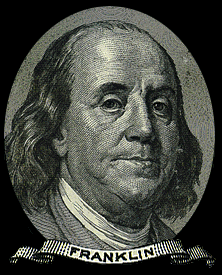Windows to the Universe Art Archive
Images of Scientists and Philosophers
Alphabetical by Name
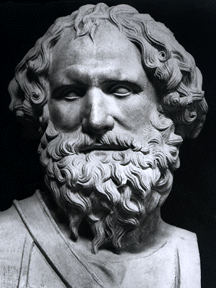
"Portrait of Archimedes," courtesy of Corbis-Bettmann. From photograph of sculpture in the National Museum, Naples.
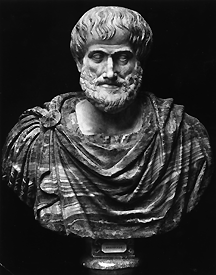
"Portrait of Aristotle," courtesy of Corbis-Bettmann.
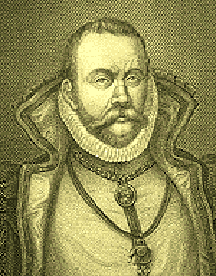
"Portrait of Tycho Brahe,"
courtesy of The Institute and Museum of the History of Science in Florence, Italy.

"Picture of Giovanni Cassini,"
courtesy of Corbis-Bettmann
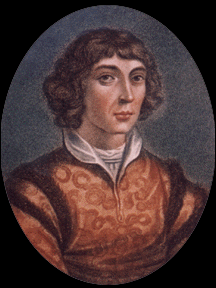
"Portrait of Nicolas Copernicus,"
courtesy of SPL/Photo Researchers.

"Picture of Marie Curie,"
Courtesy of The Bettmann Archive
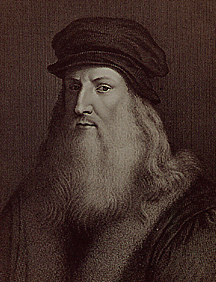
"Picture of Leonardo DaVinci,"
courtesy of The Bettmann Archive.
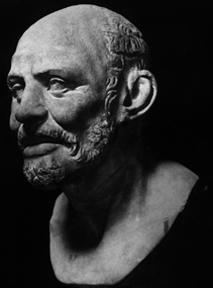
"Picture of Democritus,"
courtesy of The Bettmann Archive.
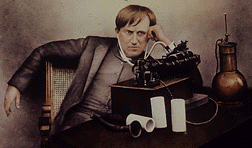
"Picture of Thomas Edison,"
Courtesy of The Bettmann Archive
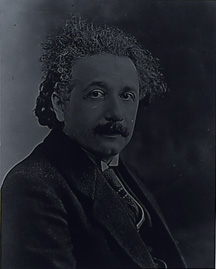
"Picture of Albert Einstein,"
Courtesy of Tracey Keifer. Emilio Segre Visual Archives. American Institute of Physics.
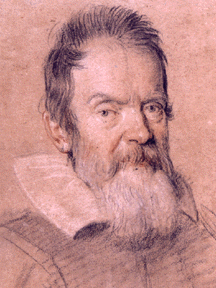
"Portrait of Galileo,"
Ottavio Leoni,
courtesy of Reunion des Musees Nationaux.
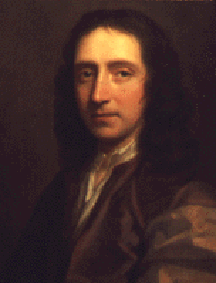
"Portrait of Edmond Halley,"
courtesy of the Royal Society Library, London.
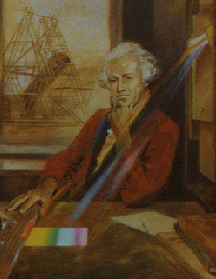
"Portrait of William Herschel,"
courtesy of NASA/JPL, California Institute of Technology.
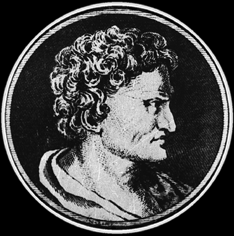
"Picture of Hipparchus," courtesy of Corbis-Bettmann
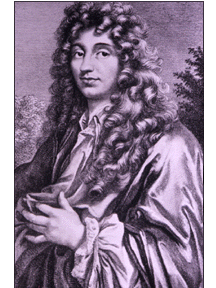
"Portrait of Christian Huygens,"
courtesy of SPL/Photo Researchers
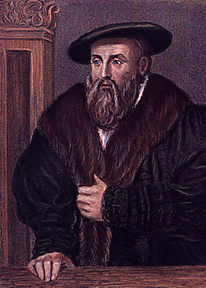
"Portrait of Johan Kepler,"
courtesy of The Bettman Archive. From engraving by MacKenzie.

"Picture of Isaac Newton,"
courtesy of Corbis-Bettmann
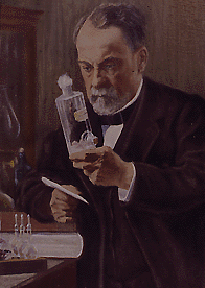
"Picture of Louis Pasteur,"
courtesy of The Bettmann Archive. From painting by Edelfeld.
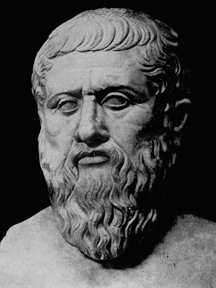
"Picture of Plato,"
courtesy of Corbis-Bettmann. From sculpture in the Vatican, Rome.
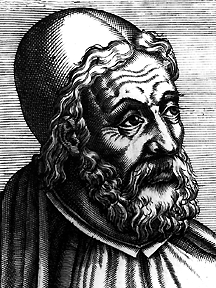
"Picture of Ptolemy,"
courtesy of The Bettmann Archive
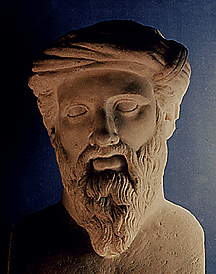
"Picture of Pythagoras,"
courtesy of The Bettmann Archive
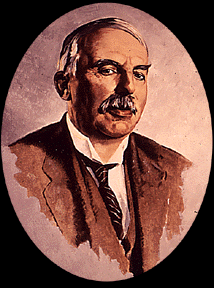
"Picture of Ernest Rutherford,"
Courtesy of The Bettmann Archive. From painting by James Gunn (1932).
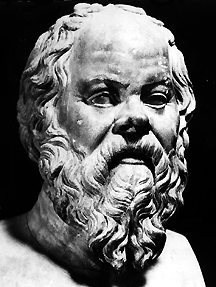
"Picture of Socrates,"
courtesy of The Bettmann Archive
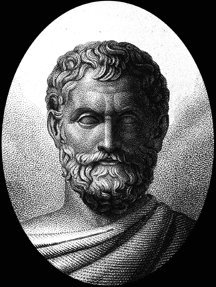
"Picture of Thales,"
courtesy of The Bettmann Archive. From engraving
by A. Tardieu from sculpture found at Tivoli.


